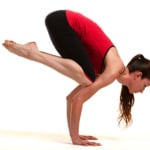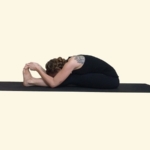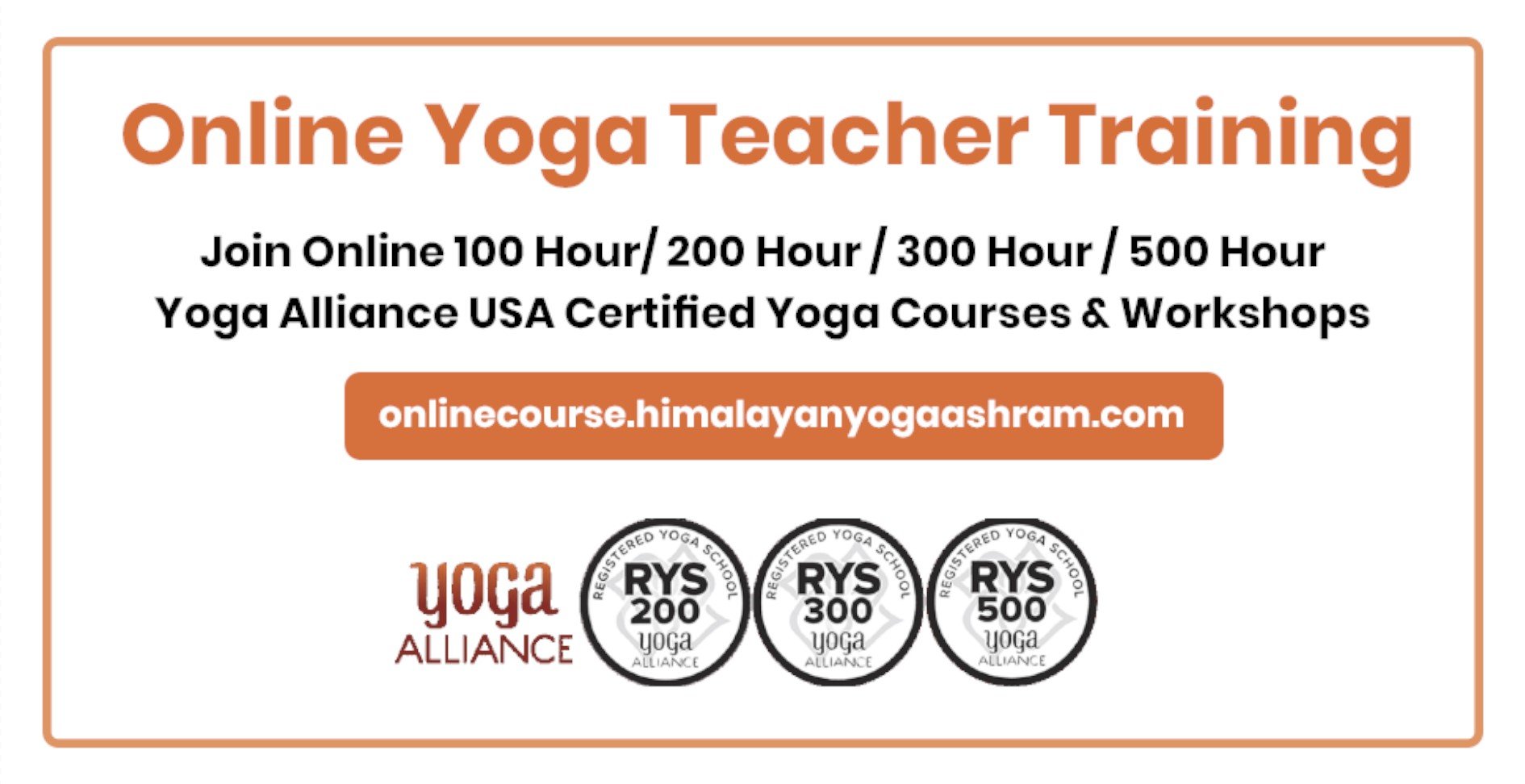Urdhwa Padmasana (Lotus Headstand Pose)
By Himanshu JoshiYogaLotus Headstand Pose, Oordhwa Padmasana, Oordhwa Padmasana (Lotus Headstand Pose), yoga asanaIn Sanskrit “Oordhwa” means “Upward/ Erect”, “Padma” means “Lotus”,“Asana” means “Posture”. The English name of this asana is “Lotus Headstand”.
Position : Supine
Type : Balancing
Spiritual Awareness : Sahasrar chakra
Physical Awareness : On maintaining balance of the body
Dosha Suitability : Kapha
Introducery Asanas : Sarvangasana, Adho Mukha Svanasana, Uttanasana, Virasana
Procedure:
- Perform Sirshasana.
- When balance has been established, slowly bend the right leg and keep it on the left thigh and then the left leg on the right thigh.
- Breathe slowly through the nose and never by the mouth.
- Remain in the posture from 5 to 10 minutes in the beginning and gradually increase the time.
- Remain in the final pose for as long as is comforatable.
- Straighten the legs and balance again in Sirshasana.
- Return to the starting position as described for Sirshasana.
Note: Some people may find it easy to do Padmasana first and then they will raise the legs slowly. Experienced persons can bring down the Padmasana to the ground and again they can raise the legs above as before. Practitoners of Sirshasana and Urdhva Padmasana should keep up Brahmacharya. Then only will they realize the maximum benefits.
Followup Asana: Tadasana and then Balasana or Shavasana
Spotlight effects: Whole body balance.
Physical Benefits:
- This asana induces full expansion of the chest and back.
- It increases circulation in the pelvic region, rectifying disorders of the reproductive system.
- All the advantages of Sirshasana are derived from this Asana.
- Gives perfect control over the body.
- Stimulates the thyroid gland, and kidneys.
- Strengthens the arms, neck, shoulders, and back muscles.
Therapeutic Benefits:
- Aids in digestion by delivering more blood and therefore oxygen to the abdominal organs.
- Helps with chronic migraine or headaches.
Precautions and Contraindications:
- You must do this very carefully and slowly. If you can stand in Sirshasana for more than 10 or 15 minutes, then alone you can attempt this. Otherwise, you will have a fall. The practice of this Asana needs some strength.
- Knee, ankle, shoulder, neck or hip injuries.
- Acute headache.
- High blood pressure.
Namaste!
Get in Touch…
Addresss: Himalayan Yoga Ashram, Himalayan Yoga association, Gulab Nagar, Tapovan, Rishikesh, 249137, Uttarakhand
Contact no. : +919760206223
Email Id: [email protected]
Yoga Teacher Training in Rishikesh | 200 Hour Yoga Teacher Training in Rishikesh | Yoga School in Rishikesh | Yoga Course in Rishikesh | Yoga in Rishkesh | 100 Hour Yoga Teacher Training in Rishikesh | 200 Hour Yoga Teacher Training Certification in Rishikesh






